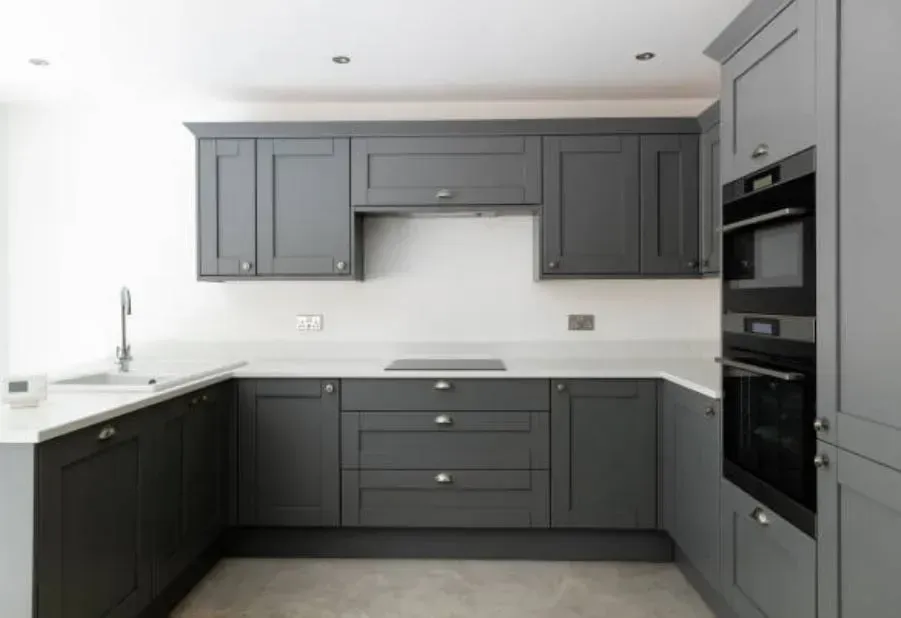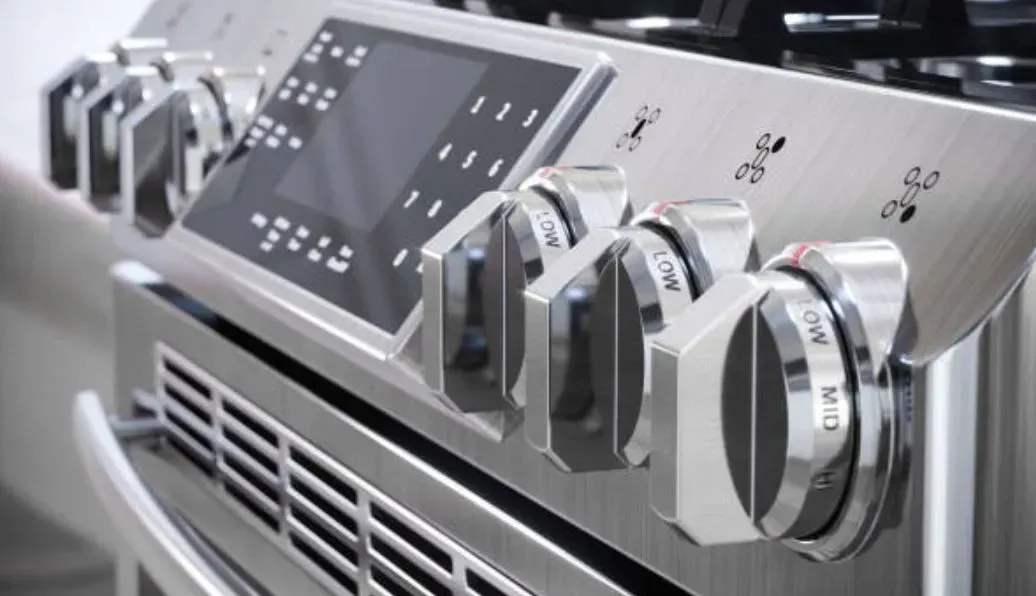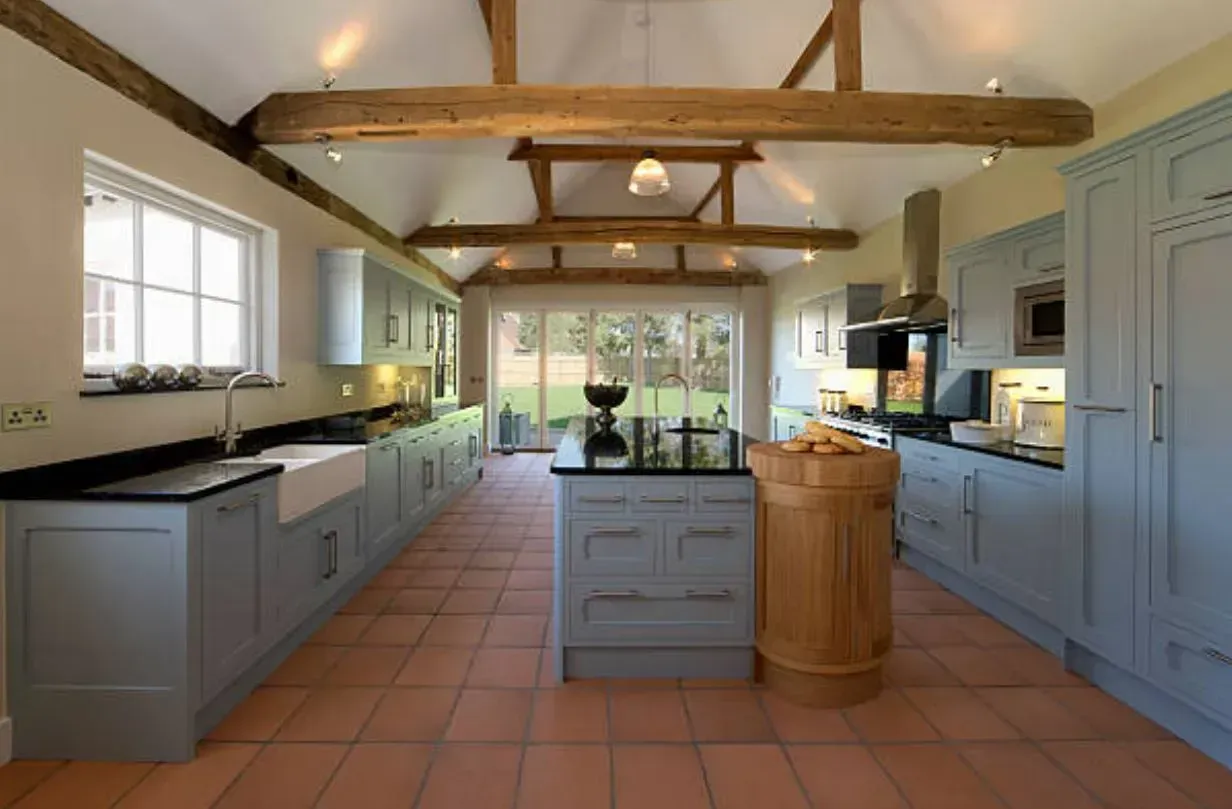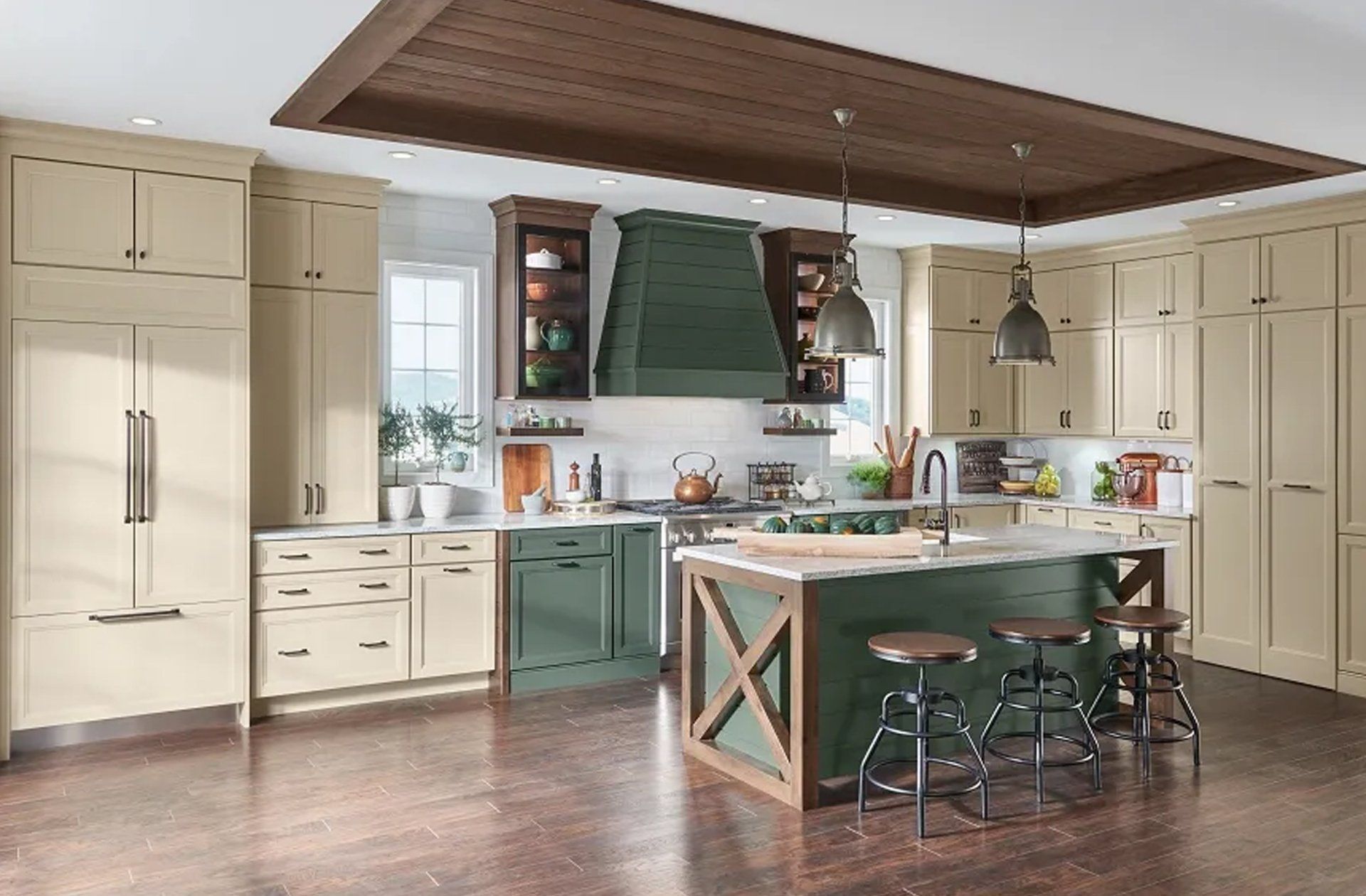Quaker Cabinets Blog

A kitchen is the heart of a home, where delicious meals are cooked, and memories are made. A well-designed kitchen should reflect your personality and lifestyle while providing functionality and efficiency. The transitional kitchen design is a popular trend that blends modern and traditional styles to create a timeless and elegant space. In this blog post, we will explore transitional kitchen design and the elements that make it a popular choice among homeowners.

The kitchen has always been the heart of the home, and over the past few years, there has been a surge in innovative appliances that make cooking easier, more efficient, and more enjoyable. From air fryers to smart ovens, there are now a plethora of appliances on the market that are changing the way we cook and eat. In this blog post, we will explore the latest kitchen appliance trends and how they can improve your cooking experience.

When it comes to kitchen design, one style that has gained a lot of popularity in recent years is the French country kitchen. This style is inspired by the rustic charm of French farmhouses and the elegance of French chateaus. It's all about creating a warm, welcoming space that's perfect for cooking and entertaining. In this blog post, we'll explore how to create a French country kitchen that exudes both rustic charm and elegance.

Farmhouse kitchens have been gaining popularity in recent years as homeowners embrace a more rustic, charming, and cozy style. The farmhouse kitchen design is all about bringing a touch of the countryside into your home, and it’s a style that can be adapted to suit any taste or budget. In this blog post, we’ll explore what makes a farmhouse kitchen, the key design elements, and how to create your own charming and rustic kitchen.

Your kitchen is more than just a place to prepare meals; it's the heart of your home, a space for family gatherings, and a hub of creativity. If you've been dreaming of transforming your kitchen into a functional and beautiful space, you're not alone. Kitchen remodels are one of the most popular home improvement projects. In this comprehensive guide, we'll walk you through the process of getting started with a kitchen remodel, from the initial inspiration to the final details. Whether you're a seasoned DIY enthusiast or considering hiring professionals, this guide will help you make informed decisions and create the kitchen of your dreams.
